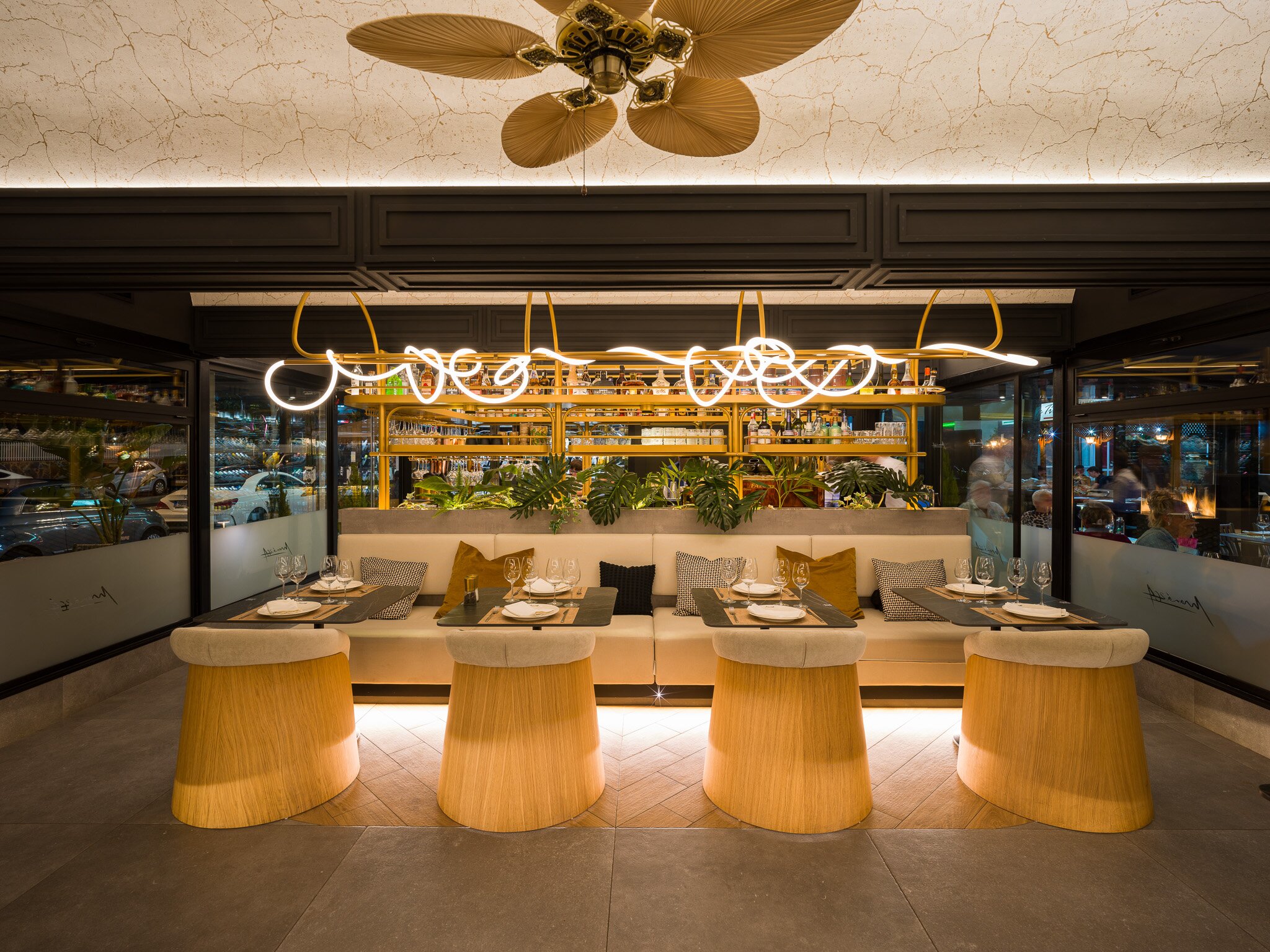
Introduction to the Restaurant Industry’s Recovery
The COVID-19 pandemic had a seismic impact on the restaurant industry, resulting in unprecedented closures and shifts in consumer behaviour. As restrictions ease and society gradually returns to normalcy, the restaurant sector is witnessing a significant resurgence. This revival is crucial not only for economic recovery but also for communities that rely on vibrant dining experiences.
Current Trends in the Restaurant Industry
Recent reports indicate that, as of mid-2023, restaurant foot traffic is approaching pre-pandemic levels. According to the UK Hospitality report, 75% of respondents have dined out at least once in the last month, indicating a strong desire for interpersonal connection and experience. Additionally, many restaurants are adapting to new consumer preferences: outdoor dining areas have become standard, and digital technologies such as contactless ordering and pay-at-table systems are now commonplace.
The rise of sustainable practices and local sourcing has also gained momentum. Restaurants are increasingly prioritising eco-friendly options, from farm-to-table sourcing to reducing waste. A survey conducted by the British Institute of Innkeeping found that 62% of customers are now more conscious of sustainability, encouraging establishments to integrate these practices into their operations to attract and retain clientele.
Challenges Facing the Restaurant Sector
Despite these encouraging signs, challenges persist. Staffing shortages remain a critical issue, exacerbated by the economic impacts of the pandemic and shifts in the job market. Restaurants are competing for workers not just with each other, but with sectors offering remote work, leading to increased wages in many establishments. Furthermore, the ongoing rise in food costs due to supply chain disruptions has forced many restaurants to reassess their pricing strategies.
Conclusion: A Bright Future for Restaurants
As the restaurant industry adapts to changing dynamics, the significant recovery trend is likely to continue, bolstered by consumer eagerness to return to dining experiences. Industry experts predict that by 2024, restaurants may see a sustained growth of around 4% annually, as they evolve to meet new customer expectations. In a world where dining has become more than just a meal — a social and cultural experience — the future holds promise for an industry eager to thrive beyond its previous constraints.
You may also like

The Evolution and Cultural Impact of Pizza

Exploring the Latest Food Trends of 2023
